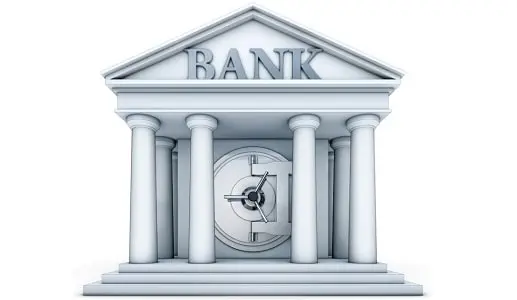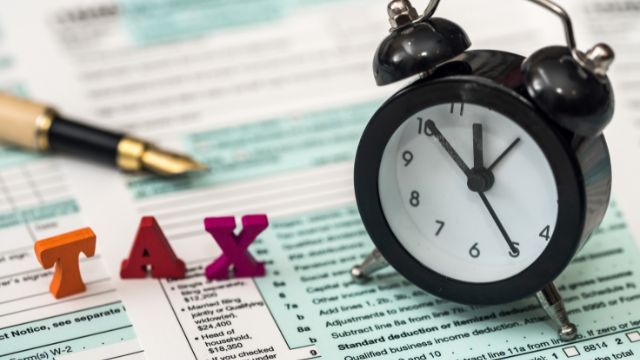The banking sector is the backbone of any economy, and any impact on the banking sector affects the whole economy. Even the banking sector was scoped within the framework when the GST was implemented. The GST impacted banking and the customer as the bank falls in the service sector, and everything the bank provides is a type of service. The impact of GST on the banking sector was eventually passed on to businesses and consumers. But how did the GST impact the banking sector? Let us learn more about the impact of GST on the Banking Sector in the section below.
Impact of GST on Banking Sector
- Actionable Claims – Earlier, the actionable claims were not included under the indirect tax framework. However, with GST, the actionable claims also got into the framework of the GST. This falls under the supply of goods, and hence the cost increases.
- Centralized Registration – Before implementing GST, the banks could take care of their service tax through centralized registration. This was applicable to the banks with PAN India operations. Things changed after the implementation of GST, and the provision of centralized registration was removed. The banks had to register in every state, increasing the administration cost.
- Challenges with Adjudication – Another negative impact of GST on the banking sector was that the assessment has to be covered under the state regulation for the branches within a particular state. In such a case, more than one adjudication authority is involved for banks with operations in multiple states. This kills the standardization that existed earlier.
- GST on Interest – Before implementing GST, there was no indirect tax on the interest charged to the customer. However, in the new framework, the charges on interest are applicable. If you have an interest component on your credit card, you will notice an additional entry of GST on the interest, which is as high as 18%.
- Input Tax Credit – One of the good things about the GST is that financial institutes are now allowed to claim ITC under the CGST Act. It is available in multiple scenarios, and banks can take advantage of it.
- Inter Branch Implications – Before the implementation of GST, the taxes were not subjected to interstate transactions. They were standard across India; however, after the GST, the taxes were applicable even on the interstate bank transaction. This again led to an increase in the cost of operations which was eventually passed on to the consumer.
- Place of Supply – As per the GST, the place of supply is the place where the goods or services have been received. In such a case, it became critical for the banks to maintain the supplier’s record and the receipt location. Earlier, this was unavailable with the banks, which adds to additional compliance costs.
- Requirement of Invoice – After implementing the GST, it became mandatory for the banks to issue the tax invoice to the customers within 45 days from the day the services were delivered. Later, the GST council came up with amendments that allowed the banks to provide invoices in the form of advice, consolidated statement and other such things.
- Exemptions – There are certain exemptions available under GST. For example, the services provided to a customer using Pradhan Mantri Jan Dhan Yojana Account or Basic Saving Account are not under the scope of GST. In addition, services related to Pension Schemes, like Atal Pension Yojana, are exempted from GST.
GST on Various Banking Services
- Loans – The loans are also taxable after the GST. For example, home loans had a tax of 5% VAT and 3.5% service tax before the GST; however, the tax rate was increased to 18% after the implementation of GST. This was an additional burden on the consumer.
- Transaction Charges – After implementing GST, the transaction charges started to attract GST. This charge was increased to 18%, and hence any transaction where a charge is associated became more costly for the customer. Even the banks had to charge an 18% tax on the chequebook issued to the customer.
- Other Services – All other banking services were also brought into the scope of the GST. If you pay the bank for the locker facility or use bank services for the bill desk and tax payment, the tax rate increases from 15% to 18%.
Final Take
After the implementation of GST, every service provided by the bank became costly. This has burdened the customer. There is a rise of approximately 3% cost since the new tax rates applicable on most services are 18%. The cost of capital has risen, and the tax on investments has also increased. Apart from this, the bank also increased the taxes on insurance policies. This discourages the consumer from the banking service. We strongly feel that banking services are a right of every citizen, and in such a case, the taxes should be as low as possible.















